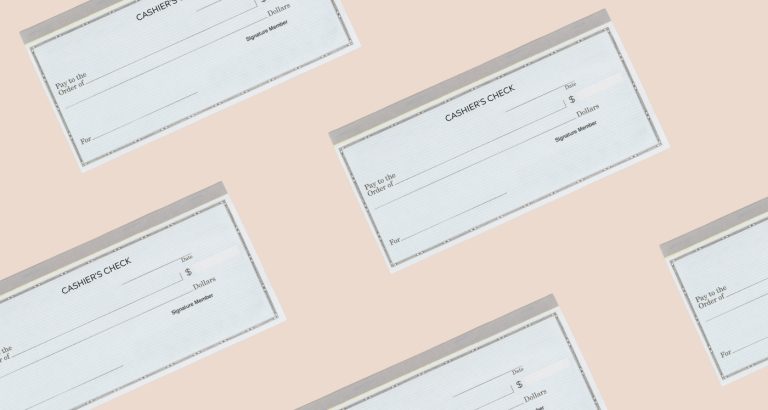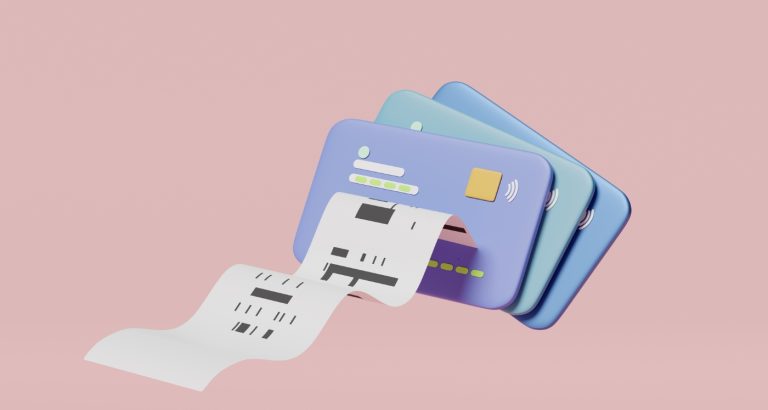Where Do Banks Get Money to Lend Borrowers?

The question of, “Where Does Money Come From?” is not at all new. To this day, there is still little understanding as to how money is created and used.
The simplest way to go about answering where banks get the money to lend borrowers is to start with the basics.
As an affiliate partner of various brands and sponsored content, HerPaperRoute may earn commission on qualifying purchases. Disclaimer
The most straightforward explanation available is that the money that is lent to borrowers, was taken in by the banks from savers.
From here on, the answer only gets more complex.
What is a Bank?
To get to the answer, you can start by understanding basic definitions, such as precisely what a bank is. While it is important to note that there is more than one type of bank, many banks tend to offer services in multiple areas.
As a whole, a bank is a financial institution, where the public deposits money into the bank, and the bank creates a demand deposit for the public while simultaneously creating loans.
What is the Federal Reserve Bank?
Acting as the central bank of the United States is the Federal Reserve Bank. The banks’ responsibility lies in the policies that create or destroy billions of dollars daily.
Real money creation lies in how the banks of America loan the printed dollars to the broader economy.
What is a Borrower?
The dictionary definition of a borrower is an organization or a person that takes out a loan from a bank intending to pay it back over time, with interest.
An organization borrows money for many reasons, including alleviating financial hardships, large purchases, or even supplementing an expensive event. Regardless of the reason for borrowing, an expense should always be justified before a loan is taken out by the borrower.
Banks are a Financial Intermediatory
While many traditional economic textbooks only go as far as considering banks to be financial intermediaries with regard to the concept of money creation, this article won’t stop at that. A bank serves as the most common type of financial intermediatory.
A financial intermediatory is an institution that connects borrowers to savers. It acts as a middleman between individuals or other entities to facilitate the flow of funds, where one party (saver) has a surplus of funds; and the other party (borrower) has a deficit of funds.
Parties with a fund surplus are generally those who create a reservoir of funds by depositing their unused income into a creditable bank. The income deposited by this individual is above their immediate consumption needs.
Once this happens, the bank can create loans to parties who are in a fund deficit by drawing from the reservoir of funds, in other words, lending to parties whose incomes fall below their immediate expenditure needs.
According to the depiction above, the deposits made by the customers limit the banks’ lending capacity. For a bank to be able to lend more money, the bank must generate many new deposits through the attraction of more clientele.
Fractional Reserve Banking
Banks cannot rely on only being able to lend the number of actual deposits on hand. A bank can, therefore, be said to rely on a system of fractional reserve banking.
Expansion of the economy is said to go hand in hand with a fractional reserve banking system as it frees capital for lending.
In summary, a fractional reserve system requires only a portion of a bank’s deposits needing to be held in the form of cash or in a deposit account of a commercial bank. To understand the concept of the fractional reserve, you need to understand the reserve requirement.
In terms of a reserve requirement, a bank must keep, on hand, a certain amount of cash given to them by depositors. A bank cannot lend out the entire amount given to them by a depositor.
More so, a bank is not required to keep the entirety of the amount on hand either. The reserve requirement is generally a percentage of the deposit that banks keep under their purview and is referred to as reserves; this requirement is set by the Federal Reserve Bank.
Previously, as a reserve requirement, a bank was advised to keep 10 percent of the deposit, meaning banks could lend up to a total of 10 times more than the reserves on hand. This was calculated by multiplying the reciprocal of 0.1 giving a multiplier of 10.
More recently, however, the Board of Governors of the Federal Reserve System reduced the reserve requirement ratios. This reduction of 10 percent resulted in the reserve requirement ratios being effectively eliminated from all depository institutions.
A monetary policy created by the Federal Reserve Bank involves decisions about whether to increase or decrease reserves.
A bank’s lending capacity can therefore be said to be restricted by the Federal Reserve Banks’ monetary policy and not by a bank’s ability to attract new deposits.
On the contrary, with an existing monetary policy regime and any reserve increase being barred, the only other way for a bank to increase its lending capacity is to obtain new deposits.
As already discussed, loans are created by deposits, and subsequently, to make new loans banks require your money.
The Reality of Banks
The majority of money in today’s modern world is in the form of deposits. The difference, however, is deposits are not being created by a group of individuals in a surplus position of funds but rather through the creation of loans when a bank extends credit.
With the accounting equation in mind, the rules of double-entry accounting dictate that when banks create an asset in the form of a loan, an equal and opposite liability must also be created, in the form of a demand deposit.
Furthermore, the demand deposit created is included in the central banks’ measure of broad money. Loans can therefore be said to create deposits.
The reality of where banks get the money to lend to borrowers is by first extending loans and only afterward, starting to look for the necessary reserves. The reserve requirement can therefore be said to not act as a binding constraint on the ability of a bank to lend and consequently create money.
If the reserve requirement cannot be considered a restraint, then what constraints do banks face? The related answer to this rests in two parts.
Banks being limited by probability considerations forms the first part of answering such a question. Banks base their decisions with regards to lending not on reserve requirements, but on their view of the risk-return tradeoffs, given that there is first demand for loans.
The risk-return tradeoff can be described as an investment principle, relating to a higher reward in association with a higher risk. To explain this concept further, if a bank decides to extend credit to a borrower, they face the risk of this loan not being repaid.
According to the risk-return tradeoff, the more money a bank is willing to lend, the higher the generated profits. A bank, however, can only render higher profits if they are willing to accept a higher potential for losses.
With the discussion of risk, the related second part to the question can now be answered. The government insures the deposit account, because of this, it is tempting for banks to take on excessive risk-taking in their lending activities.
It is for this reason that the government has to ensure that all banks maintain a specific ratio of capital to existing assets through the implementation of regulatory capital requirements for banks to follow.
Therefore, constraints on bank lending are not through reserve requirements but capital requirements. It is important to note that even with the existence of regulatory capital requirements, there remains flexibility within the constraint imposed on a banks’ ability to lend.
This is because capital requirements are expressed as a ratio, where the risk-related assets form part of the denominator. The risk-related assets are dependent on risk measurement, which is reliant on subjective human judgment. With today’s ever-increasing greed for profit in combination with subjective judgment, banks tend to underestimate the risk associated with their assets.
It is, therefore, the expectancies of profitability that remain the leading constraint on a banks’ capability, even more so, its inclination to lend. Banks don’t need your money, but it is for this exact reason that they desire your money.
As mentioned above, banks extend credit to borrowers first and then attempt to look for reserves; irrespective of whether it is completed second, banks will always look for reserves. The cheapest way to secure these reserves is by interesting new customers.
Once again, even though banks don’t need your money, it is still cheaper for them to borrow from you than it is to borrow for other banks. The targeted rate is defined as the rate for banks that are wanting to borrow money from another bank.
Conclusion
Understanding all of the information stated above makes the introductory paragraph all the more basic. However, without knowing the more complex side to where banks get the money to lend to borrowers, you would never be able to explain precisely why it is our money that banks ultimately want to use when it comes to their lending activities.
Related Articles:
- How Do Banks Make Money?
- Finding Your Bank Branch Number
- How Much Money Can You Put In The Bank Without Questions?
- Can Banks Take Your Money?
- How Much Cash Can I Withdraw from the Bank in One Day?

Follow along on Instagram!








![20 Financial Self-Care Tips [You Can Start Today] 9 lighting a candle to practice some Financial Self-Care Tips](https://herpaperroute.com/wp-content/uploads/2022/04/Financial-Self-Care-Tips-768x410.png)

